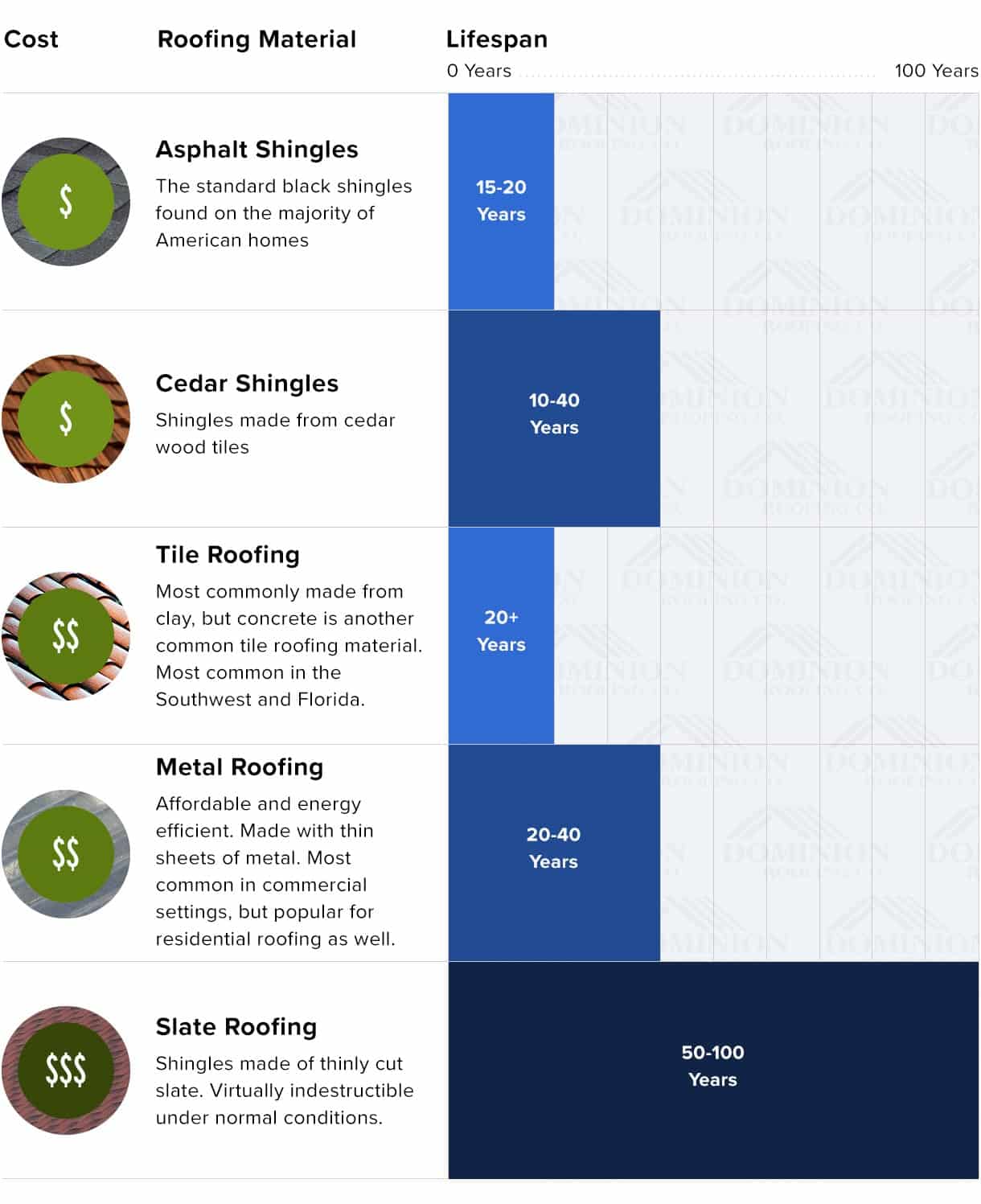The Influence Of Roof Ventilation On The Success Of Installation Tasks
The Influence Of Roof Ventilation On The Success Of Installation Tasks
Blog Article
Short Article Composed By-Caldwell Iversen
When you're dealing with a roofing job, you could not believe much regarding roof covering air flow, yet it's more essential than you realize. Efficient ventilation helps manage temperature level and dampness in your attic room, avoiding issues like mold and architectural damages. By understanding exactly how to develop and install alamo heights roofing and siding balanced ventilation system, you can enhance energy efficiency and extend the life-span of your roof covering materials. So, what are the vital aspects to take into consideration throughout installation that can make all the distinction?
Relevance of Roof Covering Ventilation
Roof covering ventilation plays an important duty in preserving the overall health of your home. By allowing fresh air to flow through your attic room, it assists regulate temperature level and wetness levels. This balance is vital to protect against warm buildup throughout hot months, which can bring about boosted energy costs as your a/c works overtime.
Moreover, appropriate air flow significantly minimizes the risk of moisture-related issues like mold and mold. If moisture degrees climb, your home's architectural honesty can be compromised, causing pricey repair services. You would not want to take care of decaying wood or distorted roof products, right?
Additionally, sufficient ventilation expands the life expectancy of your roof. When warm and moisture are kept in check, your roofing can do efficiently, protecting against early damage. This suggests fewer headaches and costs down the line.
Just How Roof Covering Air Flow Works
Reliable roof air flow depends on the natural activity of air to produce a balance between consumption and exhaust. When rain gutter contractors san antonio tx set up vents, you're basically permitting fresh air to enter your attic room while allowing warm, stagnant air to get away. This process helps regulate temperature and dampness degrees, stopping issues like mold and mildew growth and roofing system damage.
Intake vents, usually discovered at the eaves, pull in trendy air from outside. At the same time, exhaust vents, situated near the ridge of the roof, allow hot air increase and leave. The distinction in temperature level produces an all-natural airflow, known as the stack impact. As warm air increases, it develops a vacuum cleaner that draws in cooler air from the reduced vents.
To optimize this system, you need to make sure that the consumption and exhaust vents are effectively sized and positioned. If the consumption is restricted, you will not accomplish the desired ventilation.
Likewise, insufficient exhaust can trap warmth and moisture, resulting in prospective damages.
Secret Installation Factors To Consider
When mounting roof ventilation, numerous essential considerations can make or damage your system's effectiveness. First, you require to examine your roof's design. The pitch, form, and materials all influence airflow and air flow choice. Ensure to choose vents that match your roofing system kind and neighborhood environment conditions.
Next off, consider the placement of your vents. Preferably, you'll want a balanced system with intake and exhaust vents placed for ideal air flow. Location consumption vents short on the roof covering and exhaust vents near the top to motivate an all-natural flow of air. This setup helps prevent wetness accumulation and advertises power efficiency.
Don't ignore insulation. Correct insulation in your attic stops warmth from running away and maintains your home comfortable. Make sure that insulation does not obstruct your vents, as this can prevent air flow.
Lastly, consider "san antonio, tx roofing contractor san antonio, tx sky roofing construction . Select ventilation systems that are easy to gain access to for cleansing and examination. Normal upkeep guarantees your system continues to function successfully with time.
Conclusion
In conclusion, roofing ventilation is essential for an effective installation. By guaranteeing appropriate airflow, you can avoid warmth buildup and moisture problems that cause costly damage. When you strategically setting consumption and exhaust vents, you enhance power efficiency and lengthen the life-span of your roof. Remember, a well-ventilated roof not only secures your financial investment yet also boosts your indoor air quality. So, prioritize air flow to ensure a resilient and economical roofing system for your home.
